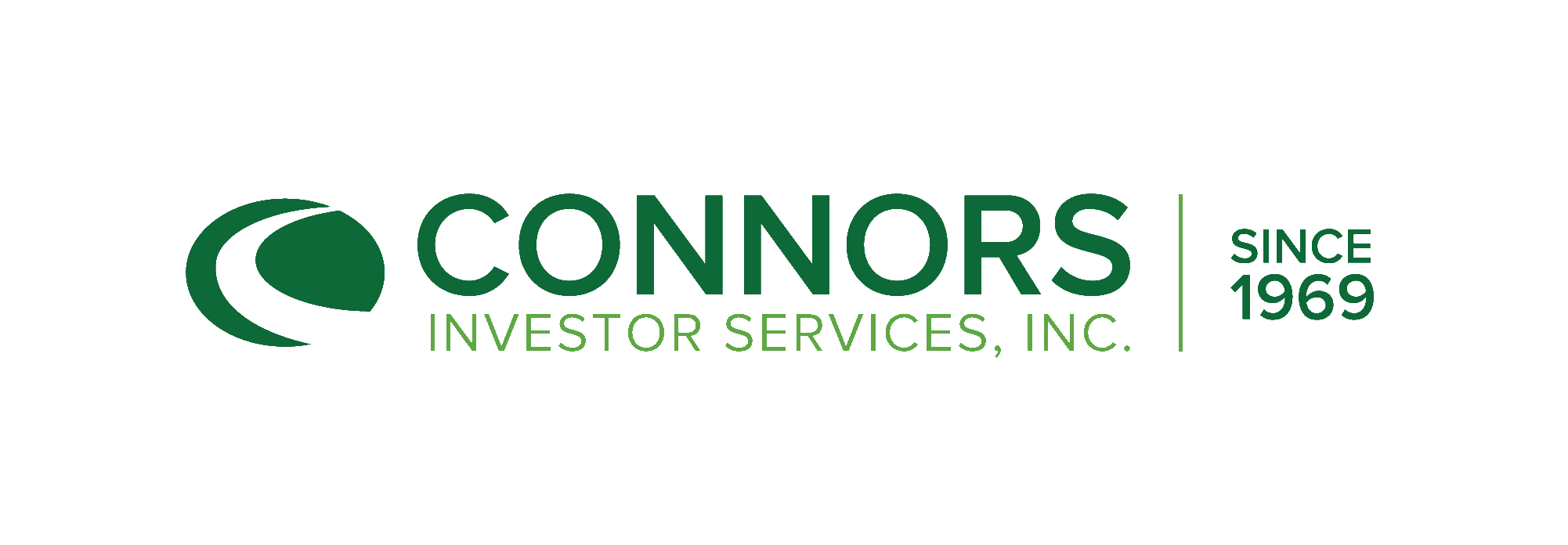2021 Q3 Small Companies Commentary
by Brian G. McCoy, CFA, on October 01, 2021
The third quarter is often a relatively quiet time for markets as investors historically shift their focus to vacations and family time. Even with the lingering effects of covid and pockets of higher infection rates, people increasingly got out of their homes for recreational and consumer activity. Reflective of continued recovery, economic data suggest further expansion leading current consensus estimates of GDP growth of approximately 5.6% during the third quarter. Along with this expansion however, are inflationary concerns.
Across a broad spectrum of industries, there are increasing cost pressures with which businesses are dealing from several directions. Improved demand is pressuring supply chains to fill orders while labor to ship and deliver product is extremely tight. Much of this is evidenced by shipping container prices which have been hitting record levels. Freight companies are having difficulty finding drivers while ports are challenged to provide adequate labor to offload ships causing delays. Even with strong payroll growth data, demands are outpacing current supply which is driving labor costs higher. The combination of these factors has driven the Personal Consumption Expenditures price gauge to 4.3% above its year earlier level, the highest increase since 1991.
As markets weighed all these factors, markets generally traded sideways to slightly down. Our benchmark, the Russell 2000®, provided choppy performance and traded within the index levels of between 2300 to 2100, a percentage range of approximately 9%. It began the quarter at the higher end of the range and finished towards the lower end with a return of -4.36%. Our strategy navigated the period with a relatively close return of -5.28%, net of fees. On a year-to-date basis, we have maintained relative outperformance with a return of 12.98%, net of fees compared to the Russell 2000® return of 12.41%.
AMN Healthcare (AMN), a provider of healthcare staffing services, led our best performers in a continuation of its performance from the second quarter. From a secular growth perspective, aging demographics is placing both supply and demand pressure on staffing healthcare systems. Additionally, high levels of admissions stressing the working environment and vaccine hesitant staff choosing to go unvaccinated rather than continue working, are leading to high turnover. These short-term and secular demands continue to support company fundamentals.
CyberArk (CYBR), a software company in the cyber security industry, provided leading performance after a challenging first half. The company is seeing high demand for its solutions in the privileged access management market as security threats continue to grow and it holds a Magic QuadrantTM ranking by Gartner. Optically for its financials, it is undergoing a transition from a licensing to subscription-based revenue model but the underlying fundamental growth is strong and better year-over-year comparisons are a couple quarters away.
Gentherm (THRM), an automotive supplier of thermal management systems, has been generally outpacing the automotive sector. Though they are not immune to the supply issues affecting the industry, the company continues to take market share as they have been landing new design wins for vehicle climate solutions. Additionally, they are expanding applications for their technology into battery temperature management for electric vehicles and they have a growing medical segment. Demand for their products has led to several positive earnings surprises despite challenging industry fundamentals.
Green Dot Corp. (GDOT), a financial services provider, rounded out our top performers for the third quarter. A refocus on its long-term strategy around “banking-as-a-service”, led by the CEO brought on last year is having success and has led to several positive earnings surprises. We continue to see fundamental growth in its focus on the ‘under banked’ market, numerous retail relationships, mobile banking and business solutions.
Activity During the Quarter
With turnover approximating 4.5%, portfolio changes returned to a more typical level during the quarter. We trimmed Ameresco (AMRC) as it increased close to 5% of the portfolio, locking in some of the significant gains in this position. We also exited our holdings of Monmouth REIT (MNR). In December of 2020 MNR received an unsolicited proposal to be acquired which set in motion a strategic review process, competing bids and controversy surrounding the board’s decisions. We chose to exit mid-August as the bidding parties and the board exchanged contentious communications. While our involvement with them ended in an unusual way, MNR proved to be a successful investment over the years.
Proceeds from these actions were deployed to our existing position in TPI Composites (TPIC) and new holdings Global Medical REIT (GMRE), a medical facility REIT, and Clean Energy Fuels (CLNE), an operator, builder and financer of natural gas filling stations.
As we look to the final months of the year, we expect some continued volatility as markets weigh a mix of factors. Though economic growth continues, including consumer spending, housing, the labor market, and business sentiment, the pace has moderated from the dramatic rebound earlier in the year. Demand for products certainly exists, however the aforementioned supply chain issues are dampening the ability to fulfil orders in a timely manner and upwardly pressuring prices.
Additionally, fiscal and monetary policy continue to be accommodative and it is not likely to dramatically reverse prior to the end of the year. Caution from the Fed has been issued but the moderation of economic growth and very recent employment statistics suggest they could exercise patience.
In our continuing diligence with companies, virtually all are relating challenges with rising costs and lengthening order fulfillment timelines. However, they are also communicating those customers are accepting price increases. While this signals some caution for inflationary risks, it also suggests that company margins may be better than some are estimating though there could be a lag affect due to timing.
Finally, in regard specifically to our asset class, domestic growth and accommodative policies support continued positive returns. Though large-cap companies have regained their return edge year-to-date, much of that is somewhat concentrated in a few names. We believe there are attractive opportunities within the asset class both on an absolute and relative basis to large cap stocks. Further, management teams seem to be navigating the supply chain and pricing challenges fairly well though most are continuing to provide limited guidance due to the fluid COVID-19 situation. Regardless, optimism exists as demand does not seem to be an issue.
In conclusion, we see strong underpinnings for small companies in the months ahead. The economy continues to recover and should be supportive of corporate profits while in a period of continued monetary and fiscal accommodation. We are also seeing slightly more general market commentary suggesting small company stocks which may further support the asset class. As we move through these final months of the year, we are continuing to look for short term opportunities which market volatility provides for long term positive returns.
Learn more about the Connors Small Companies Strategy including access to materials and commentary...
Important Disclosure Information
This material is being provided for informational purposes only. Any information should not be deemed a recommendation to buy, hold or sell any security. Certain information has been obtained from third-party sources we consider reliable, but we do not guarantee that such information is accurate or complete. This report is not a complete description of the securities, markets, or developments referred to in this material and does not include all available data necessary for making an investment decision. Prior to making an investment decision, please consult with your financial advisor about your individual situation. Investing involves risk and you may incur a profit or loss regardless of strategy selected. There is no guarantee that the statements, opinions or forecasts provided herein will prove to be correct. Opinions are subject to change without notice.
Please remember that past performance may not be indicative of future results. Different types of investments involve varying degrees of risk, and there can be no assurance that the future performance of any specific investment, investment strategy, or product (including the investments and/or investment strategies recommended or undertaken by Connors Investor Services, Inc. [“Connors]), or any non-investment related content, made reference to directly or indirectly in this commentary will be profitable, equal any corresponding indicated historical performance level(s), be suitable for your portfolio or individual situation, or prove successful. Due to various factors, including changing market conditions and/or applicable laws, the content may no longer be reflective of current opinions or positions. Moreover, you should not assume that any discussion or information contained in this commentary serves as the receipt of, or as a substitute for, personalized investment advice from Connors. Historical performance results for investment indices, benchmarks, and/or categories have been provided for general informational/comparison purposes only, and generally do not reflect the deduction of transaction and/or custodial charges, the deduction of an investment management fee, nor the impact of taxes, the incurrence of which would have the effect of decreasing historical performance results. It should not be assumed that your Connors account holdings correspond directly to any comparative indices or categories. Please Also Note: (1) performance results do not reflect the impact of taxes; (2) comparative benchmarks/indices may be more or less volatile than your Connors accounts; and, (3) a description of each comparative benchmark/index is available upon request.







